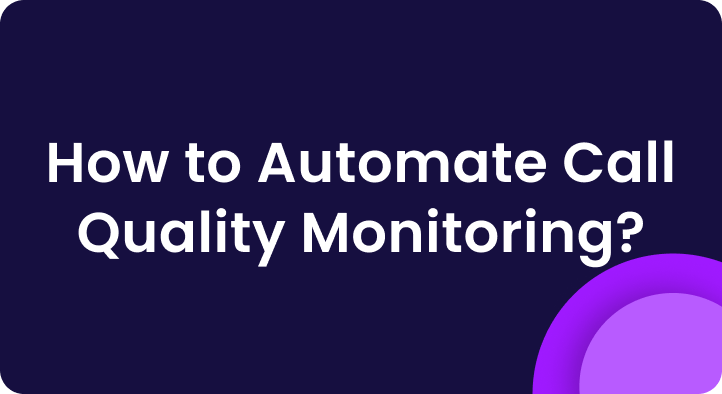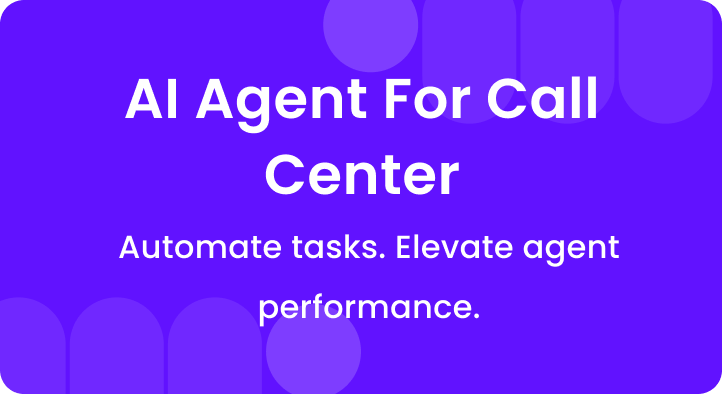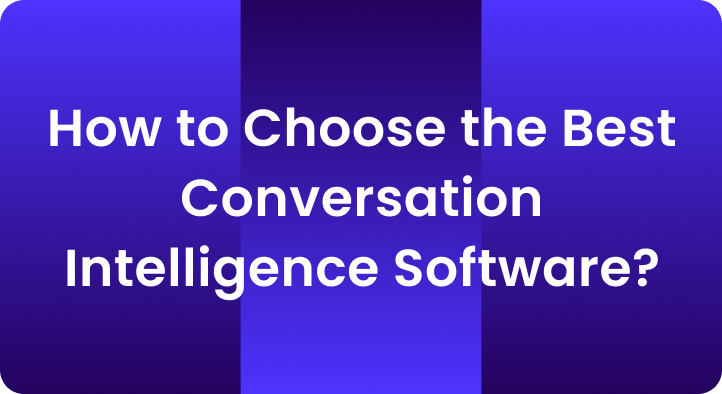Every business seeks customer retention.
Customers are always looked upon as assets by any business and it’s critical for the survival of the business to retain its best customers.
A business that can create and use sustainable customer retention strategies will likely outshine its competitors.
Moreover, such strategies are effective in boosting a company’s profits.
Good customer retention does not just end with the initial sale. In fact, it starts from there.
Don’t wait until you lose a customer to put your retention strategies into action.
Table of Contents
A. What is customer retention?
Customer retention is a metric used by businesses to measure customer loyalty over time and evaluate overall efficiency.
For any experienced business, the concept of customer retention is a no-brainer.
We’d all rather make a few, lasting sales to a handful of clients than hundreds of sales to new customers.
Customer retention is a marketing term. It refers to methods that keep customers loyal and buying from your brand, not your competitors.
It is a way of turning your existing customers into repeat customers and maximizing their lifetime value.
Research from (HBR) Harvard business review say that:
Acquiring a new customer can be five to 25 times more expensive than holding on to an existing one.
For example, imagine a coffee shop that has a loyal customer base who visit the shop on a regular basis.
The owner of the coffee shop may use various strategies to retain these customers.
For example, they might offer loyalty rewards and great customer service. They might also deliver high-quality coffee and baked goods.
The coffee shop owner may also engage with customers through social media or email marketing. They can update them on new menu items, promotions, and events.
B. 19 super effective customer retention strategies
Customer retention strategies refers to the practices and tactics that businesses use to keep existing customers engaged, satisfied and loyal over time.You can create rewards for loyal customers and offer exclusive discounts.
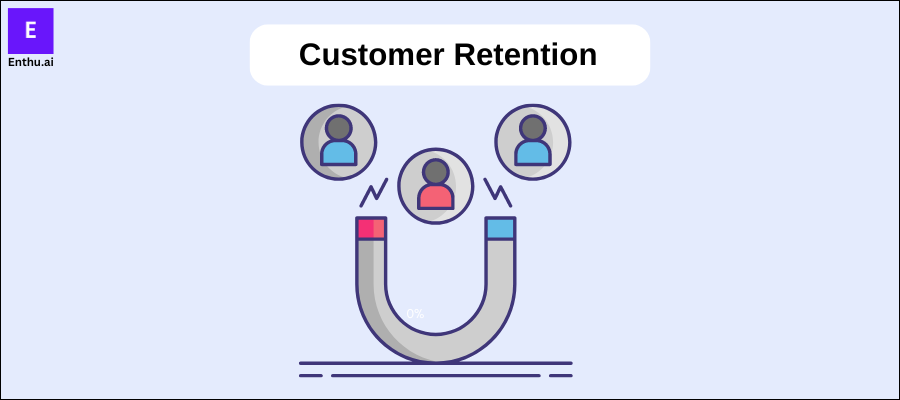
1. Build trust through relationships
A business flourishes when customers trust the business.
So it is upon you to build trust among customers through deep relationships.
Once you build trust, you have customers that will remain loyal to your company for a long time.
To build trust, you need to use customer behavior data to build value for your product. That also makes it is easy for customers to accept your product.
You can monitor calls and check your agent-customer relationship. Use various conversation intelligence software like Enthu.AI.
If the trust is weak or not established, the customer will not hesitate to churn away and move to your competitors. Worse, they may also spread a negative word of mouth too.
According to a survey conducted by Concerto Marketing Group, 83% of the customers recommend your brand to others, if they trust your brand.
2. Give special discounts to customers
Customers are most important for a business.
For this reason, you must always surprise them with a valuable offer or a special discount without their knowledge.
An offer or a discount comes as a pleasant surprise and it motivates the customers too.
Also, giving discounts or offers is cheap. It shows you care for your customers. It builds a bond beyond just your service or product.
When customers feel appreciated, they are bound to remain with your business for a long time.
They will share honest feedback with others which is priceless.
A special note from the owner or special discounts to selected customers can change people’s outlook towards your brand.
3. Leverage customer surveys
Customer surveys are a great way to engage with customers and understand how customers perceive your brand and product.
Surveys will help you identify the areas where customers are having issues.

A good survey must include multiple-choice and free-answer questions. This lets customers express their opinions without limits.
When you solve the pain points or objections expressed by customers in the surveys, it makes the bond even stronger that already exists.
With these surveys, you can re-ignite the confidence of those customers that are losing interest in your product and brand.
4. Over-deliver on your promise
Never over-promise and deliver less. It will make clients go away.
Most businesses want to lure customers and for this, they over-promise. And, when they are not able to deliver, customers feel disappointed and dissatisfied.

If you want to thrive, you need to under promise and over-deliver.
When you’re exceeding customer expectations, they feel delighted and happy with the brand.
For example, you know an issue can be solved in 15 mins. You must say to customers that it will take 20 mins to solve the issue.
So, when you solve the issue in 15 mins, you will come across as a brand that knows how to deliver on promises.
5. Prepare a robust onboarding program
When a new customer buys your product, the business must ensure the customer understands how the product works and is satisfied from day one.
If you leave new customers on their own and start looking for new customers, then it is a mistake that you need to stop making.
Not only will it tamper your reputation, but also you will miss the opportunity to engage with the customers.
You must guide them on how they can benefit from your product and generate maximum return on their investment.
You must understand customers and tailor the onboarding program to their needs. Equip them with the knowledge to use the product to its full potential.
6. Listen to your customers
You hear a lot about having the right product or service for your customers- that is crucial.
But what people don’t always think about is how to keep it, especially when you have a good thing going with a client.
It helps us to understand their needs, concerns, motivations, and attitudes.
Listening to customer feedback and complaints can help you find out more about them.
infact you can record customer conversation and listen them later
Often, this will give you the inspiration to find new ways to delight your customers or make changes that turn a one-time buyer into a loyal advocate.
7. Resolve your customer problems effortlessly
Having effective customer support can be a key factor for customer retention.

People prefer positive experiences over negative ones. When the front-end goes smoothly, the results are even better.
Fixing customers’ problems fast and easily creates loyal fans who advocate for you.
8. Know your customers
Let’s face it, customer loyalty can be easily broken.
No matter how hard you try, customers can switch providers in minutes if they believe they will get more value elsewhere.
It is your duty as a business owner to know what your existing customers want and to deliver on that need.
If you do this, you will keep them for the inevitable future.
9. Offer personalised service
When you are losing a customer, remember that the relationship is not over until they stop spending time with you.
They have already spent some time and resources on your product or service.
They just don’t want to continue to do business with you anymore for either of two reasons:
- You gave them a poor experience
- Your competitor offered them a better experience.
Giving them a personalized service may enable you to get back their business again.
10. Determine the right platform to interact with your customers
With the advent of several online interactive platforms, customer retention has become a challenge.
As such, marketers are on the lookout for viable ways of dealing with this.
Determining which platform to use to interact with their customer base is one such way out.
For example, some may like Twitter while others may prefer Facebook and its live video feature.
11. Implement a good relationship marketing strategy
Having a good relationship marketing strategy can establish a great business for your company.
This is considered the best way to retain customers and to keep them coming back for more.

Customer retention doesn’t just happen — it is something that you have to put time and effort into.
That is why it is important to make sure your business has a good relationship marketing strategy in place.
You may have solid relationships with your customers now, but if you don’t use this technique, you are going to lose them in no time.
12. Say “thank you” and mean it
One of the most important pieces of customer retention strategy is being respectful and genuine.
This does not mean you should say something that is disingenuous or insincere – it means saying “thank you” and doing it at the right time and in the right way.
There’s a difference between saying, “Thank you, I appreciate your business,” and sincerely apologizing for a mistake on your end.
Enthu.AI clearly gives you insights shows achieved and missed moments.
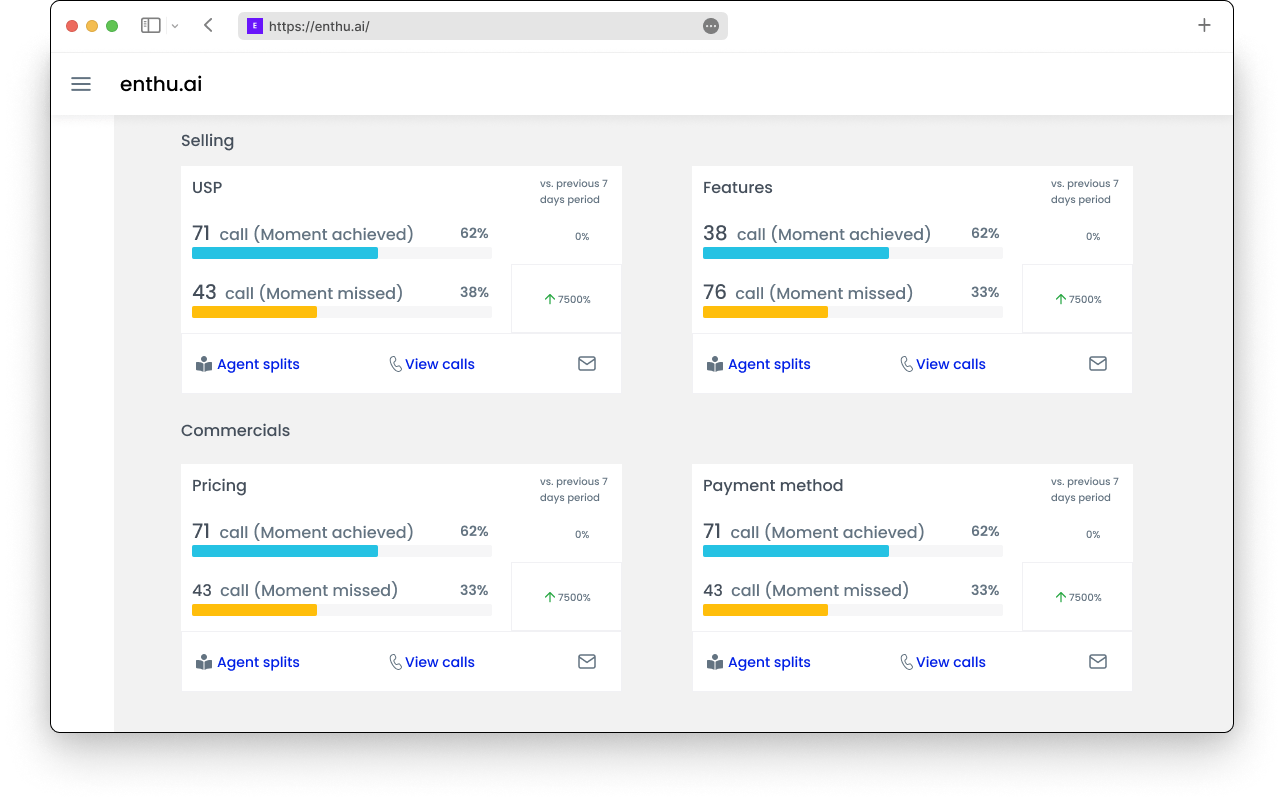
13. It is not always about speed
If you think about it, the fact that customers are more appreciative of quality service than speediness is not exactly rocket science.
Customers will appreciate it if they believe you will help them and get the job done right. It’s only logical.
Think of Costco or Nordstrom. They’re known for great service, not speedy checkout.
14. Use language your customers will prefer
I’ll bet you don’t spend too much time thinking about language.
Sure you might be aware of its importance in certain situations, like a sales pitch, and you’re probably aware of common expressions such as “the customer is always right.”
You may know its importance in some situations, like a sales pitch. You’re probably also aware of the saying, “the customer is always right.”
However, I honestly think that most people tend to just focus on the work at hand and not how important it is to keep their customers happy.
Experts say to use language your customers will prefer.It can convert up to seven times more than marketing to new customers.
15. Proactively address issues
Just as regular maintenance keeps your car running, so will fixing customer issues. It will keep your service department running smoothly.
A good retention strategy can turn unhappy customers into promoters. It does this by resolving their concerns quickly and efficiently.
16. Don’t try to fix what isn’t broken
Don’t try to fix what isn’t broken. It’s part magician’s secret to the illusion of his last feat and part modern art.
There’s more involved to this last step than what is immediately seen by the customer.
It starts with finding what’s wrong with your services, products, or operations. Then, fix those issues as soon as they are found.
17. Solve the root cause of the problem immediately
Once you know the cause, solve the problem as best as you can. If it can be fixed quickly, do so.

If the problem is more complex, identify when it will be fixed. Then, plan to keep your customer happy until then.
The important thing to remember is to solve the root cause of the problem immediately upon becoming aware of it.
18. Provide loyal customers with a head start
There’s a concept in retail that the longer the customer stay with a brand, the higher the lifetime value of that customer is.
This is known as “Customer Lifetime Value,” which I’ll explain in more depth a little later.
For now, all you need to know is that keeping your customers loyal will mean they are worth more in the long run.
One of the best ways to retain customers is through repeat business.
However, providing your loyal customers with an incentive to return can help increase their likelihood of coming back.
19. Reward customers who recommend you
An easy win is to reward existing customers for making you successful. This is what Mail Jet did.
For each customer referral, they give 500 free credits. The credits let users include email accounts in their projects.
They also give them a non-expiring license key to install the app on 1 more computer.
When your customers are happy, this means less cost for support while giving them a reason to sing your praises.
C. How to calculate customer retention?
To calculate the repeat customer rate, you’ll need to know how many repeat customers you have had during the time frame you want to calculate.
To find your one-year repeat customer rate, know how many repeat customers you had in the last 12 months.
Then, using the formula from above, just plug in those numbers and solve for X.
Customer retention formula
((E-N)/S)*100=X
The customer retention rate is the percentage of previous customers who remained loyal to your business over a period of time.
To calculate it, pick a period of time you want to measure, and then identify the following:
- Number of customers at the start of a given time period (S)
- Number of customers at the end of that period (E)
- Number of new customers added over the duration of that period (N)
Then, you can calculate your customer retention rate (X) with the following formula:
D. Why is customer retention important?
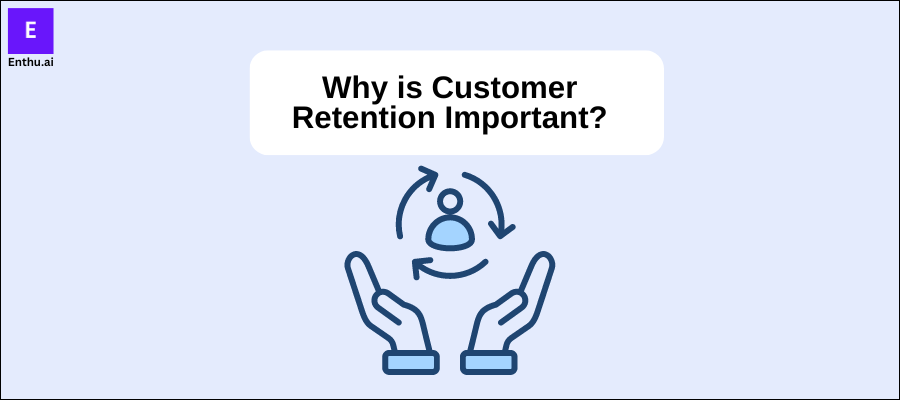
Customer retention is important because it helps you understand how customers actually perceive your brand.
If they stay your customers, you are providing great service. You are also offering value through your product.
And if you don’t, then you know that there is some issue that needs to be addressed ASAP.
Focusing on customer retention is essential because of the following reasons:-
1. Low cost
The cost of acquiring a new customer is more than the cost of retaining an old customer. Therefore, companies should nurture existing customers more.
2. Room for improvement
Feedback from existing customers can help you a lot.
They will identify problems in your product or service. If you listen and address them, it can improve your offering and customer satisfaction.

3. High profits
When an existing customer buys your product again, it is because of the value that your product has to offer, and not the price.
Customers trust the brand and product. You can leverage that by up-selling and cross-selling your other products.
It is a lot easier to convince existing customers to buy your products than new customers.
4. Brand ambassadors
When a customer is happy and satisfied with the product and service, then customers tend to share their positive experiences with other people. Thus, making them brand ambassadors.
It is priceless because your product and brand are getting marketed without any cost.
E. Customer retention metrics

Customer retention metrics are among the most critical measures for any business. Yet, many still don’t track them.
What is the single most important goal that you have for your business? Is it customer acquisition? Is it profit margin? Is it customer loyalty?
If you don’t know the answer to this question, then you need to figure out a way to define what success looks like to you.
You can do this from a few different aspects
- Revenue
- Profitability
- Employee satisfaction
- Customer satisfaction
- Market share
Irrespective of what you chose, here are som emetrics that give you a clear of understanding of your customer retention abilities:-
1. Customer churn rate
The churn rate is a statistic that measures customer turnover in an organization.
It refers to the percentage of customers who leave a given company during a set time period.
It’s difficult to keep your customers engaged. A churn rate is just another way of saying how often the business loses clients.
Customer churn rate formula
Customers who churn away in a specific time duration/Total number of customers in that time duration
2. Purchase frequency
Purchase frequency, or “repeat purchase rate,” is the number of customers who returned and bought an item in a set time period.
It’s one of the best metrics you can track for in-store analytics.
Track your returning customers’ purchase frequency. This shows which products are popular and which need improvement.
How to calculate purchase frequency
To calculate your store’s purchase frequency, begin by analyzing the number of orders placed in a given time period.
Next, subtract the number of new customers from the total number of orders to determine the number of repeat customers.
If you have 10 sales and 4 new customers, there are 6 repeat clients (10 – 4 = 6).
When you write out this equation, it looks like this:
Formula of Purchase Frequency
No. of Orders Placed / Unique Customers
3. Average Order Value (AOV)
AOV is the total average value of your orders.
It is one of the most important metrics that determine the performance of your business.
How to calculate Average Order Value
Average Order Value (AOV) is the average income from one order.
It can be calculated simply by dividing your annual sales revenue by your total number of orders.
This is an important metric to keep track of because it tells you the size of each individual customer’s orders.
Calculate Average Order Value
Total Revenue Earned / # Orders Placed
Conclusion
To be able to convince customers to stay with your business for a long time, you need to understand their needs.
Be empathetic towards your customers and try to understand them by putting yourself in their shoes.
Quickly resolve any issues that customers are facing and stay in touch with them on a regularly basis. Also, ask them for their advice on product development.
All these activities will show that you care for your customers and you value what they have to say.
By implementing the above customer retention strategies, you will be able to make customers loyal to your company for a long time.
FAQs
1. What is customer retention strategies?
Customer retention strategy refers to a set of methods and techniques that businesses use to keep their existing customers loyal and engaged, thus increasing the likelihood of repeat business and long-term success.
2. What are the 7 customer retention strategies?
The 7 customer retention strategies include offering loyalty rewards, providing excellent customer service, personalizing interactions, improving product or service quality, using email marketing, staying engaged on social media, and seeking customer feedback.
3. What is the best customer retention strategy?
Communicating with customers through personalized and timely interactions can create a positive experience, build strong relationships, and reinforce brand value, making it an effective customer retention strategy.
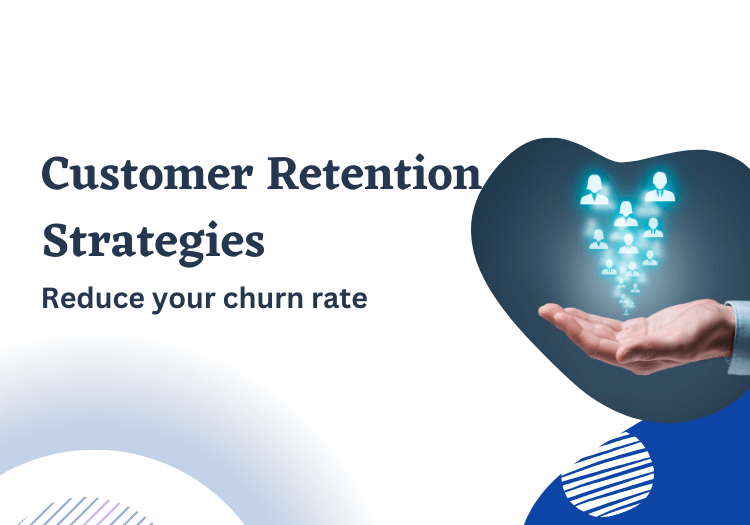



 On this page
On this page